Experts warn that these 5 mopping mistakes are making your floors dirtier — and damaging your floors in the process
This is how to keep them clean and avoid costly damage


Worried you’re making a few mopping mistakes? You’ve come to the right place. As Ideal Home’s editor for all things floorcare, I understand the importance of mopping your floors correctly, especially if you want your floors to last.
As I’ve had the pleasure of testing some of the best mops out there, I’ve had a lot of practice mopping my floors. However, during this process, I’ve realised that knowing how to mop every type of floor the right way isn’t as clear-cut as it may seem. Sure, the process isn’t exactly rocket science, but incorrect technique could result in some expensive repercussions.
As Clare Bolland, cleaning expert from Vileda, explains, ‘Achieving sparkling floors can be quick and simple – as long as you ensure you aren’t making common mistakes which can spread dirt around or leave behind a dull residue.’ So, these are the 5 mopping mistakes to avoid at all costs.
1. Using too much water
Just as wet dusting is better than dry dusting, using a wet mop is always better than using a dry mop. But one of the biggest mopping mistakes you can make is using too much water, especially if you’re cleaning plank flooring.
This is echoed by Liam Cleverdon, Flooring expert at Flooring King. He explains, ‘Surprisingly, your mop doesn’t need to be soaking wet to be effective in cleaning your floor. This may feel like you're giving your floors a deep clean; however, using too much water on wood or wood-effect floors can cause excess moisture to seep through the surface and cause lifting or warping.’
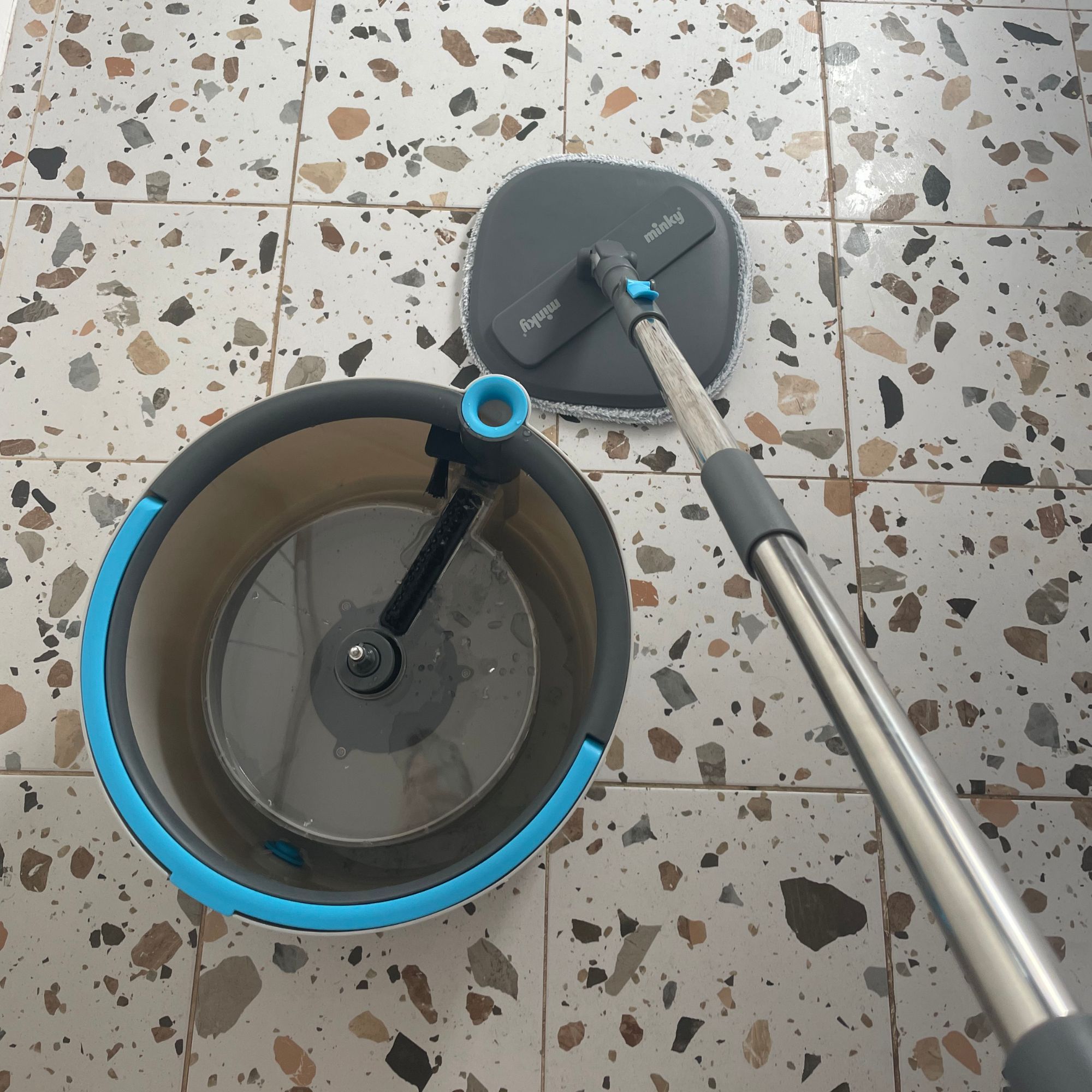
The last thing you’ll want to do is damage your flooring beyond repair, so you should use a damp mop that won’t leave your floors soaking wet afterwards. You can control this by using a spray mop or by using a mop and wringer bucket set, like this Minky Opti-Clean Spin Mop from Argos.
Ideally, your floors should air dry in under 15 minutes. If it takes longer than that, you’ve likely used too much water.
Get the Ideal Home Newsletter
Sign up to our newsletter for style and decor inspiration, house makeovers, project advice and more.
2. Mopping against the grain
When mopping your floors, technique is everything, including mopping with the grain if you want to clean certain types of floors. In fact, cleaning experts warn that mopping against the grain causes dirt and particles to get stuck in the crevices.
Lily Cameron, cleaning expert at Fantastic Services, commented that 'going against the grain may leave scratches or marks on the surface of the wood flooring, which can make it look less clean even if it's actually free of dirt and debris.' This mopping mistake is just the case when looking to clean wooden floors, though.
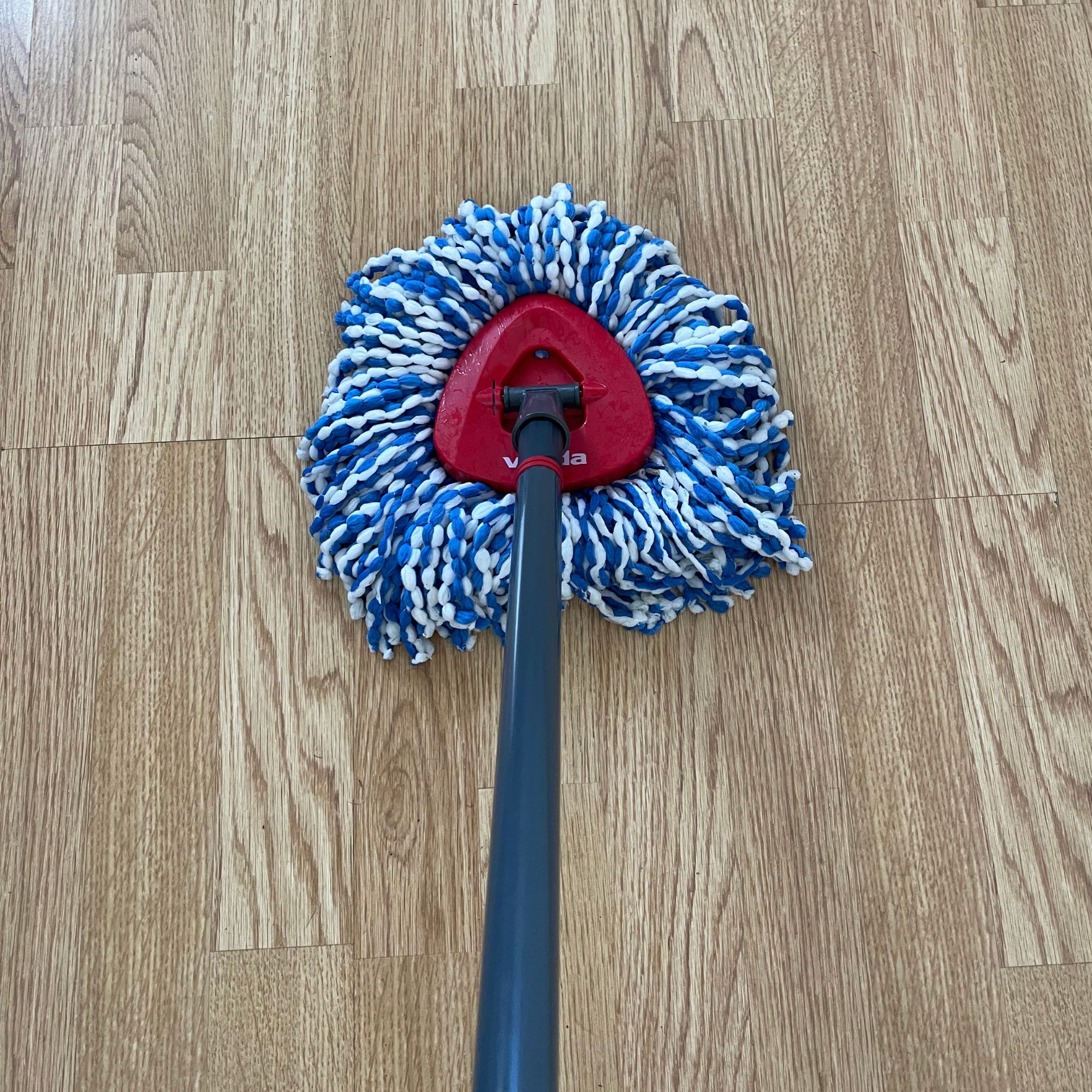
For other types of flooring, you can generally mop in any direction as long as you’re using the right tools and technique. Most experts, including Clare from Vileda, would suggest avoiding straight lines and using the figure-of-eight technique, however.
‘Many of us mop in straight lines to cover the floor. However, this approach can sometimes leave streaks or miss areas where dirt has accumulated,’ she says. ‘Instead, adopt a figure-of-eight with overlapping strokes. The curves of the figure eight help to gather and trap dirt within the mop head more effectively.’
3. Using a dirty mop head
It’s incredibly important to keep the things that clean for you clean too, and a mopping mistake that’s definitely making your floors dirtier is using a dirty mop head. In fact, the whole thing is counterintuitive, which is why it’s always important to regularly clean your mop head.
Clare explains, ‘In the same way that you wouldn’t want to clean your dishes with a dirty sponge, it’s important to avoid cleaning your floors with a dirty mop head. This spreads dirt back onto your floors and compromises your clean.’
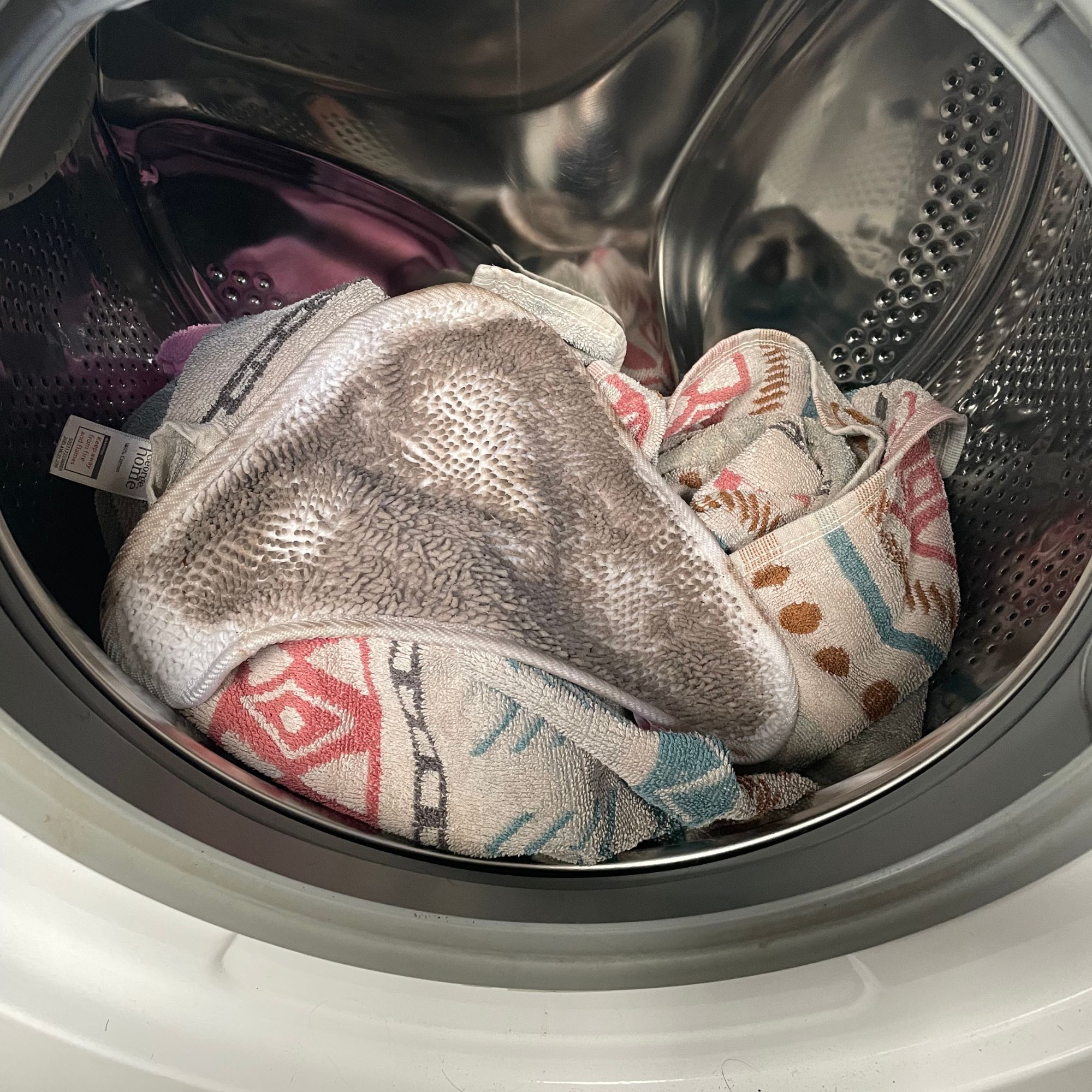
Because of this, it’s well worth taking your time to research the different mops out there and opt for one that has a reusable head, like this Joseph Joseph CleanTech 2-in-1 Spray Mop, which can be popped in the washing machine when you’re done.
It’s also a good idea to get into the habit of washing it after every use, so you’re ready to mop your floors when you need to and you don’t accidentally clean with a dirty mop head.
4. Using too much cleaning solution
Everyone wants their floors to be squeaky clean, but there’s a fine line between good squeaky and bad squeaky, and using too much cleaning solution is definitely on the bad end of the spectrum. So, use it sparingly if you want to avoid a mopping mistake.
‘It can be tempting to be heavy-handed with cleaning solution when tackling a very dirty floor. However, more isn't always better when it comes to cleaning products,’ warns Clare. ‘Using too much can leave behind a sticky residue that actually attracts dirt over time and can dull the finish of your floors.’

But that doesn’t mean that you can’t use a floor cleaner at all. Flooring expert, Richard McKay, Managing Director at Sprung, advises, ‘Opt for a ph-neutral cleaner that’s diluted and avoid strong chemicals, especially on wooden, vinyl and rubber floors. A light mist of the cleaning solution with a microfibre mop is all that is needed.’
Personally, I chop and change between this Miniml Eco Floor Cleaner Liquid from Amazon and this Zoflora Bouquet Concentrated Multipurpose Disinfectant from Amazon - both of which are gentle and effective.
5. Using cold (or ice) water
Temperature is everything when cleaning floors, so most experts would advise steam mopping over regular mopping if you want to give your floors a deep, sanitising clean. In fact, I recently tested the Vileda Plus Steam Mop and can vouch that it was highly effective. But if you don’t have (or want) a steam mop, you need to avoid using cold (or ice) water with your regular mop.
The trend of using ice water has recently gone viral on social media, but Yarl Christie, flooring expert and founder of Stories Flooring advises against this. He says, ‘When using ice water for mopping, these harmful microorganisms can be easily transferred to your floors, especially in high-traffic areas like kitchens and bathrooms, where sanitation is critical.’
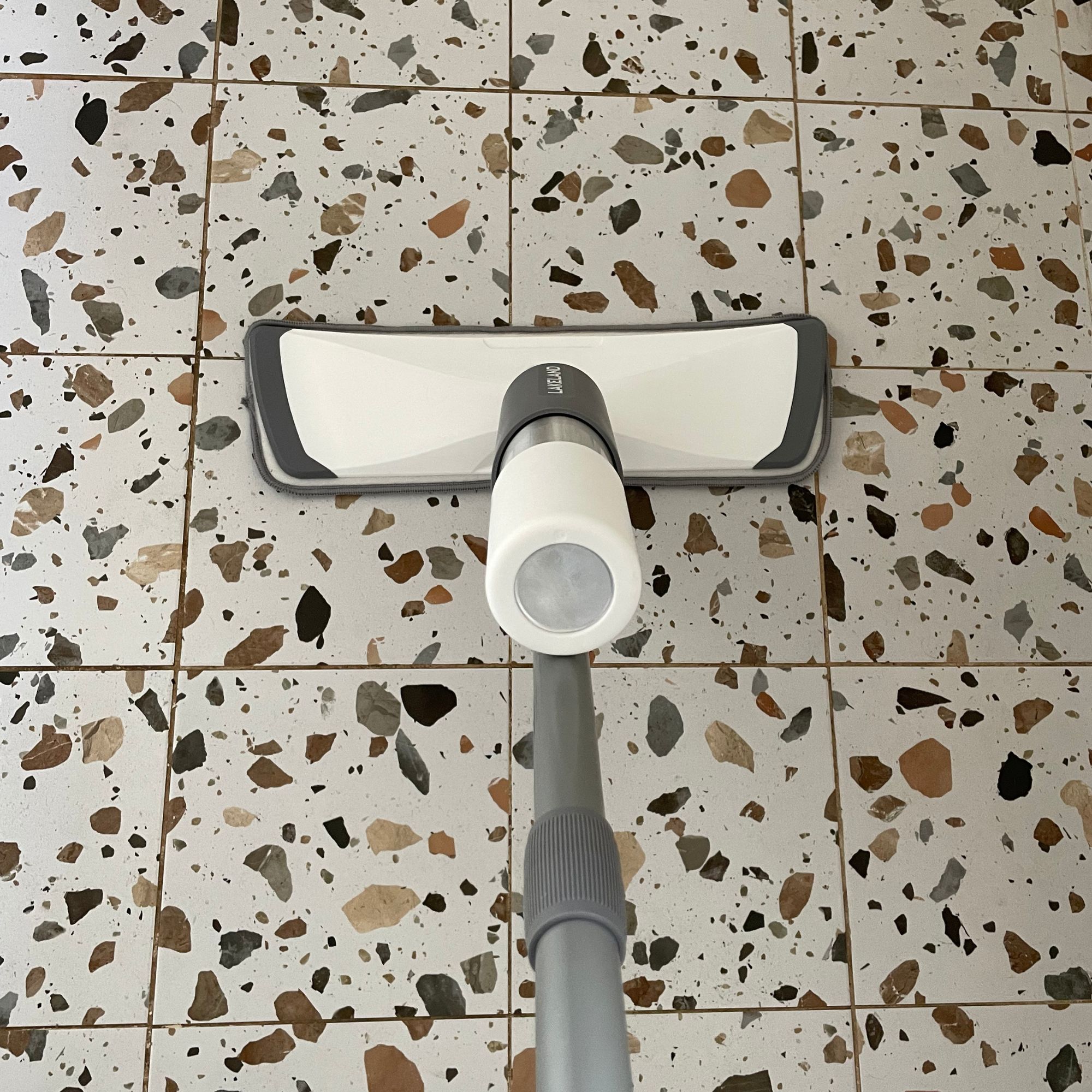
He adds, ‘Cold water does not effectively kill or neutralise germs, and adding ice cubes - especially if they come from an unfiltered source or are not made from clean water - can risk introducing additional contaminants.’ So, you should always use warm-hot water when mopping your floors.
This is one of the reasons I added the Lakeland Spray Mop with 2 Aluminium Bottles to the best mops guide, as the aluminium bottles have been designed to safely be filled up with hot water. It’s not as safe to do that with plastic bottles.
Everyday mopping essentials
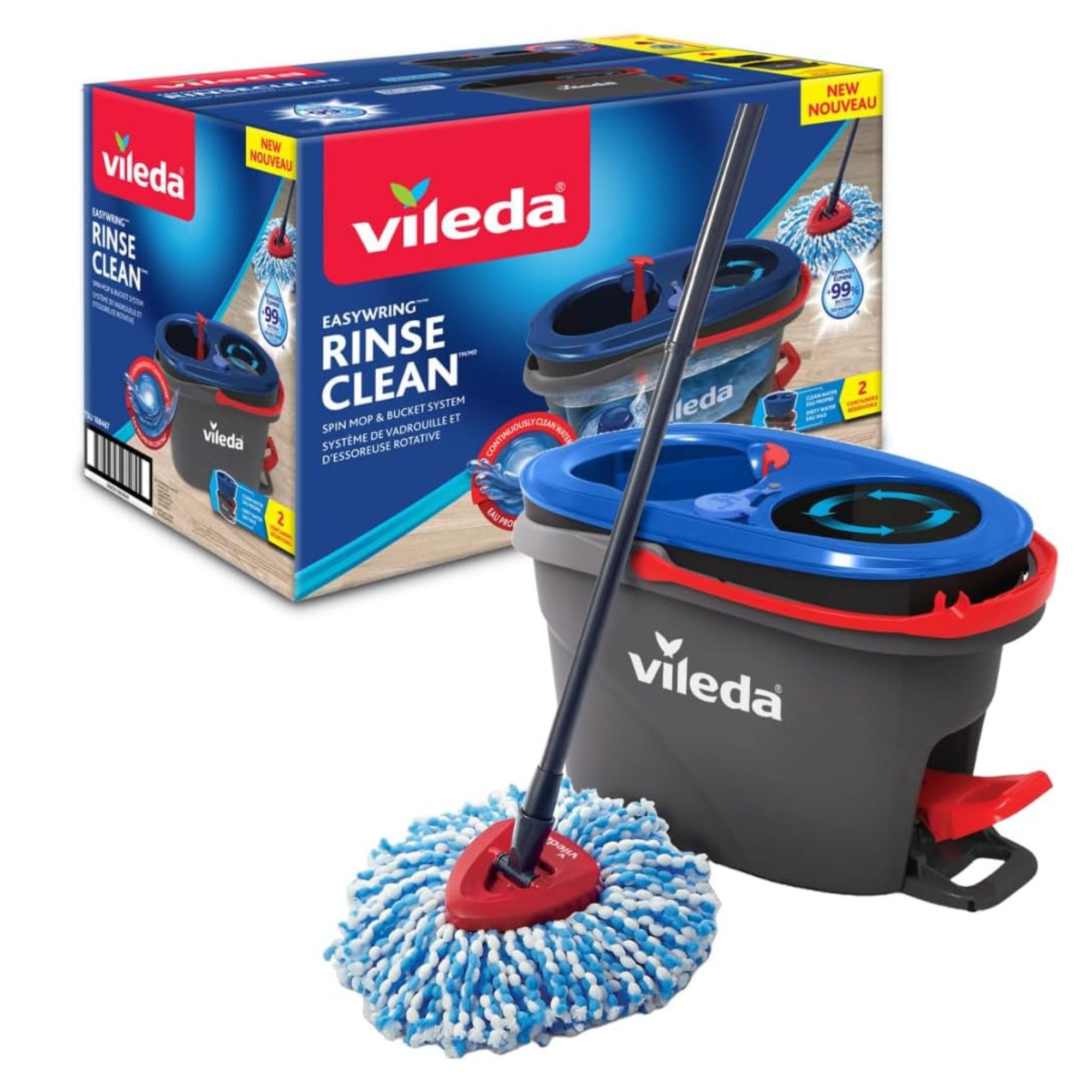
If your current mop isn't quite cutting the mustard, I seriously recommend this mop and bucket set. The dual-chamber bucket has been designed so you're always cleaning with clean water, and the foot-pedal-operated wringer allows you to control how much water you mop with.
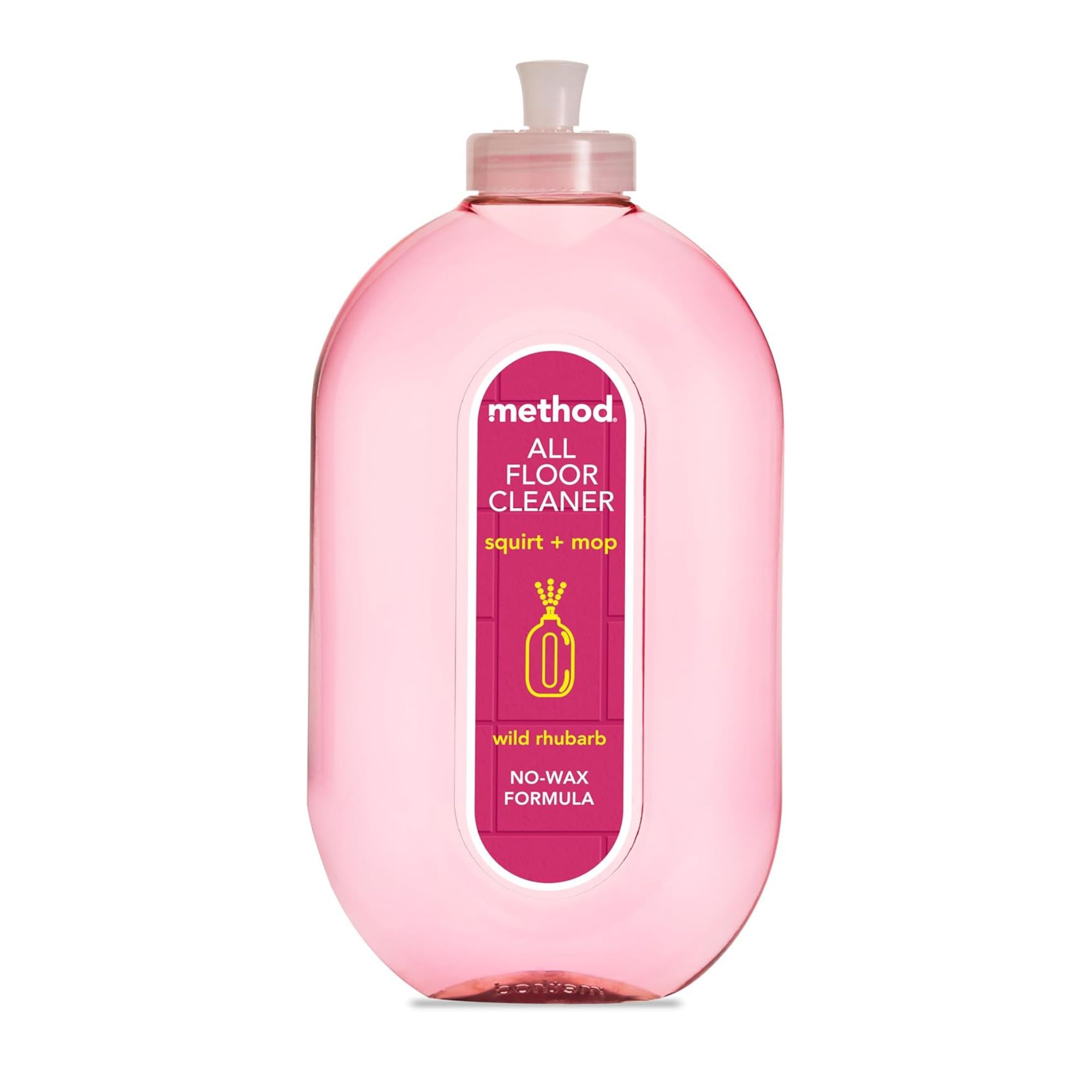
This floor cleaner is a regular bestseller on Amazon, and is suitable for wood, vinyl, sealed laminated floors, tiles and linoleum floors. It's also non-toxic and made from naturally derived, biodegradable ingredients. I've used it myself and can say that this particular scent is divine.
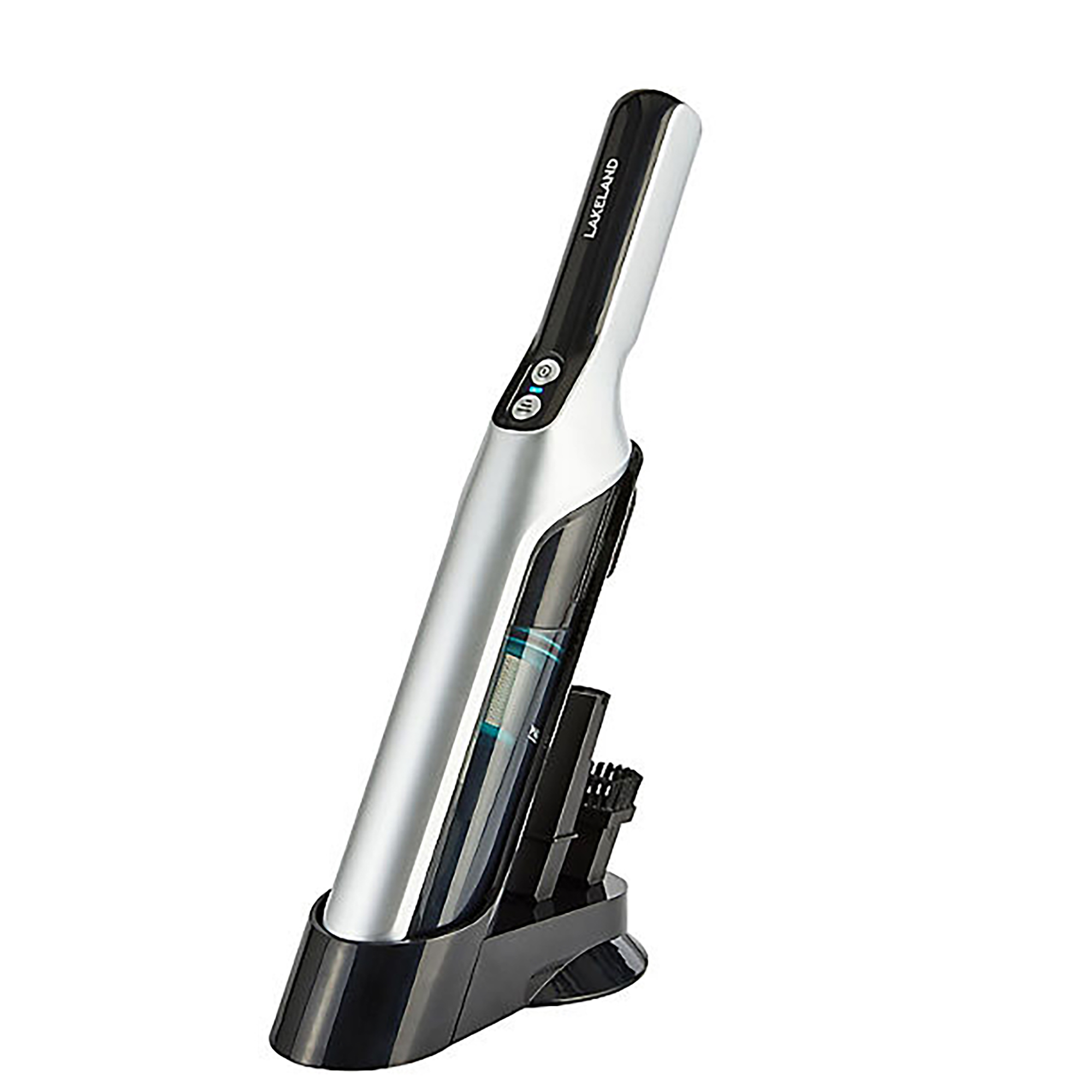
I always have one of the best handheld vacuum cleaners to hand when mopping my floors, as they're ideal for sucking up those crumbs that get in corners that could potentially scratch your floors when you start mopping. This one was crowned the 'best mid-range' in our guide.
FAQs
Does mopping damage laminate flooring?
Mopping can be an effective way to clean laminate flooring, but it can also damage it if you're not careful. That's because laminate floors are sensitive to moisture, and being exposed to too much moisture during the mopping process can lead to mould growth, warping, swelling, and more. This means you'll need to replace it sooner than you'd like.
So, if you want to mop laminate flooring safely, you need to make sure that you're using a damp mop rather than a wet mop. If you accidentally use too much water, make sure you dry it with a cloth as soon as possible.
Why does my floor feel weird after mopping?
If your floor feels sticky or 'weird' after mopping, it's highly likely that you've used too much cleaning solution. When you use more than you need and fail to clean it off properly, this can often leave behind a sticky residue that will then feel strange under your feet.
Alternatively, using a dirty mop head can also make your floor feel weird after mopping, as you may have simply spread the dirt from one place to another, creating a layer of debris that you can feel under your feet.
Because of this, it's crucial that you always use a cleaning solution sparingly (or at least rinse it off) and always use a clean mop head to avoid any mopping mistakes.
Are you guilty of any other mopping mistakes? Let me know in the comments!

Lauren Bradbury has been the Content Editor for the House Manual section since January 2025 but worked with the team as a freelancer for a year and a half before that. She graduated with a Bachelor’s degree in English and Creative Writing from the University of Chichester in 2016. Then, she dipped her toe into the world of content writing, primarily focusing on home content. After years of agency work, she decided to take the plunge and become a full-time freelancer for online publications, including Real Homes and Ideal Home, before taking on this permanent role. Now, she spends her days searching for the best decluttering and cleaning hacks and creating handy how-to guides for homeowners and renters alike, as well as testing vacuums as part of her role as the Ideal Home Certified Expert in Training on Vacuums, having spent over 110 hours testing different vacuum models to date!
You must confirm your public display name before commenting
Please logout and then login again, you will then be prompted to enter your display name.
-
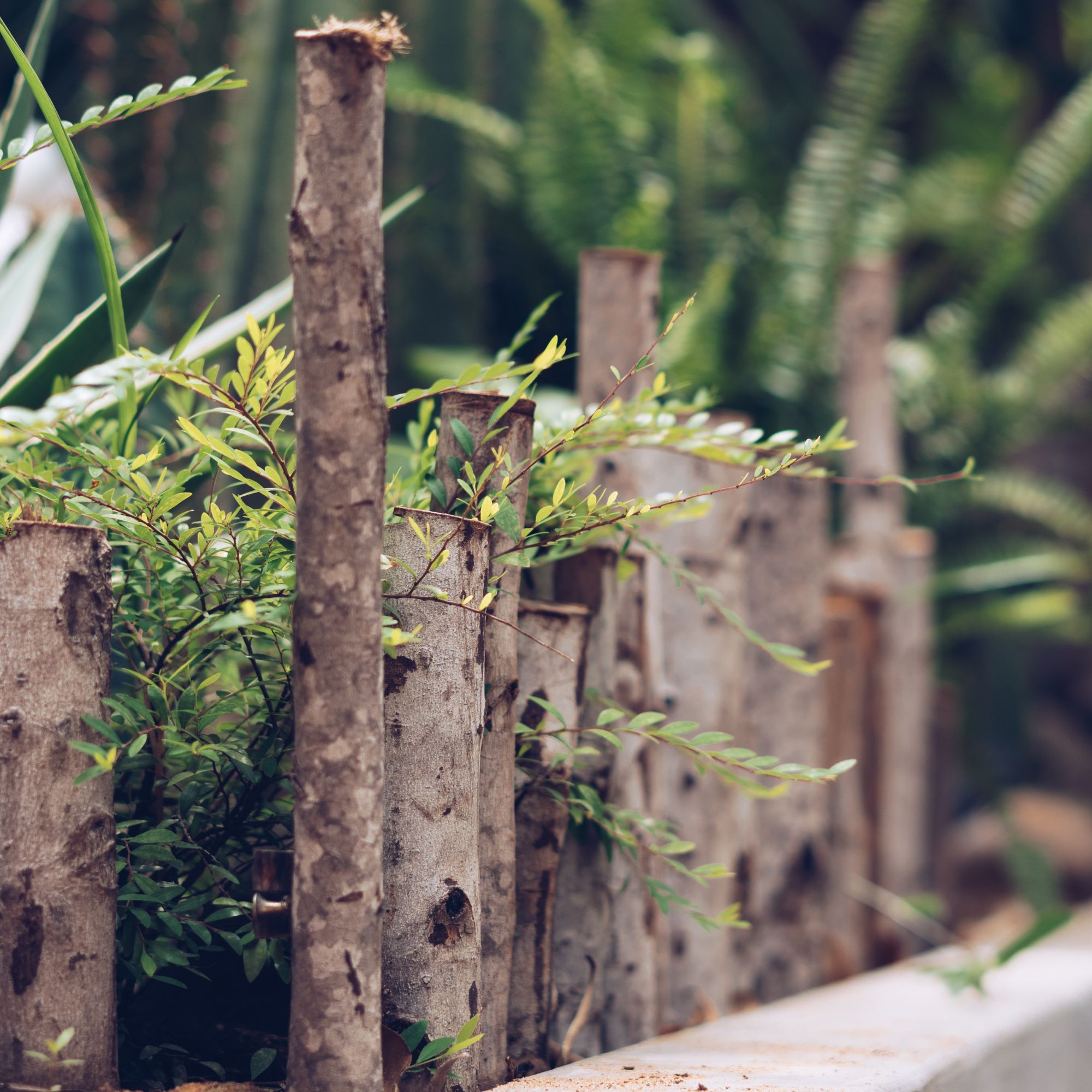 Move over, fences – dead hedges are the wild and wonderful alternative your garden will love and they're easier to build than you'd think
Move over, fences – dead hedges are the wild and wonderful alternative your garden will love and they're easier to build than you'd thinkThe perfect eco-friendly solution for small gardens
By Kayleigh Dray
-
 Did you know John Lewis can make your old curtains or rugs look like new? Their repair service is now available in all stores
Did you know John Lewis can make your old curtains or rugs look like new? Their repair service is now available in all storesJohn Lewis has added another string to its bow, and it's great news for your old homeware
By Kezia Reynolds
-
 This beautiful mixing bowl is the unexpected star of so many kitchens – including Mary Berry's and the Bake Off tent
This beautiful mixing bowl is the unexpected star of so many kitchens – including Mary Berry's and the Bake Off tentThis earthenware bowl proves that you don't have to spend a huge amount for a classic kitchen addition
By Molly Cleary